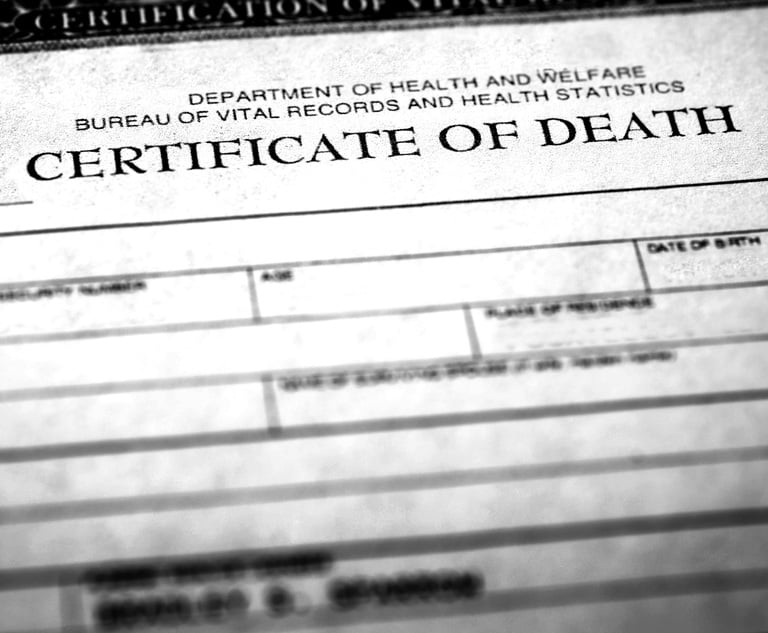A commentary written by Daniel E. Cummins goes to great lengths to argue that a published Pennsylvania Superior Court opinion is of no value and only dicta. This is wrong. Also, the conclusion that an innocent plaintiff can still recover under the old joint-and-several statute is well versed and grounded. In fact, that argument has been made as far back as 2014. See, Cooper, S. and Antonuk, L, “The Royal Nonesuch: How Tort Reformers Are Pulling One Over on Pennsylvania, 23 Widener Law Journal 773 (2014) (Note 143).
Contrary to Cummins’ rhetoric, the Superior Court’s argument and reasoning in Spencer v. Johnson are both straightforward and decidedly not mere dicta. At common law, an innocent plaintiff can recover from any defendant found to be at fault, who was then responsible to pay the full amount of a verdict. Percentages weren’t even considered. The reason for this was because if a plaintiff were found even 1% at fault for his or her injuries, he or she could not recover at all.
This content has been archived. It is available through our partners, LexisNexis® and Bloomberg Law.
To view this content, please continue to their sites.
Not a Lexis Subscriber?
Subscribe Now
Not a Bloomberg Law Subscriber?
Subscribe Now
LexisNexis® and Bloomberg Law are third party online distributors of the broad collection of current and archived versions of ALM's legal news publications. LexisNexis® and Bloomberg Law customers are able to access and use ALM's content, including content from the National Law Journal, The American Lawyer, Legaltech News, The New York Law Journal, and Corporate Counsel, as well as other sources of legal information.
For questions call 1-877-256-2472 or contact us at [email protected]


 Leonard Sloane of The Law Offices of Eckell, Sparks, Levy, Auerbach, Monte, Sloane, Matthews & Auslander, left, and Scott Cooper of Schmidt Kramer, right. Courtesy photos
Leonard Sloane of The Law Offices of Eckell, Sparks, Levy, Auerbach, Monte, Sloane, Matthews & Auslander, left, and Scott Cooper of Schmidt Kramer, right. Courtesy photos




